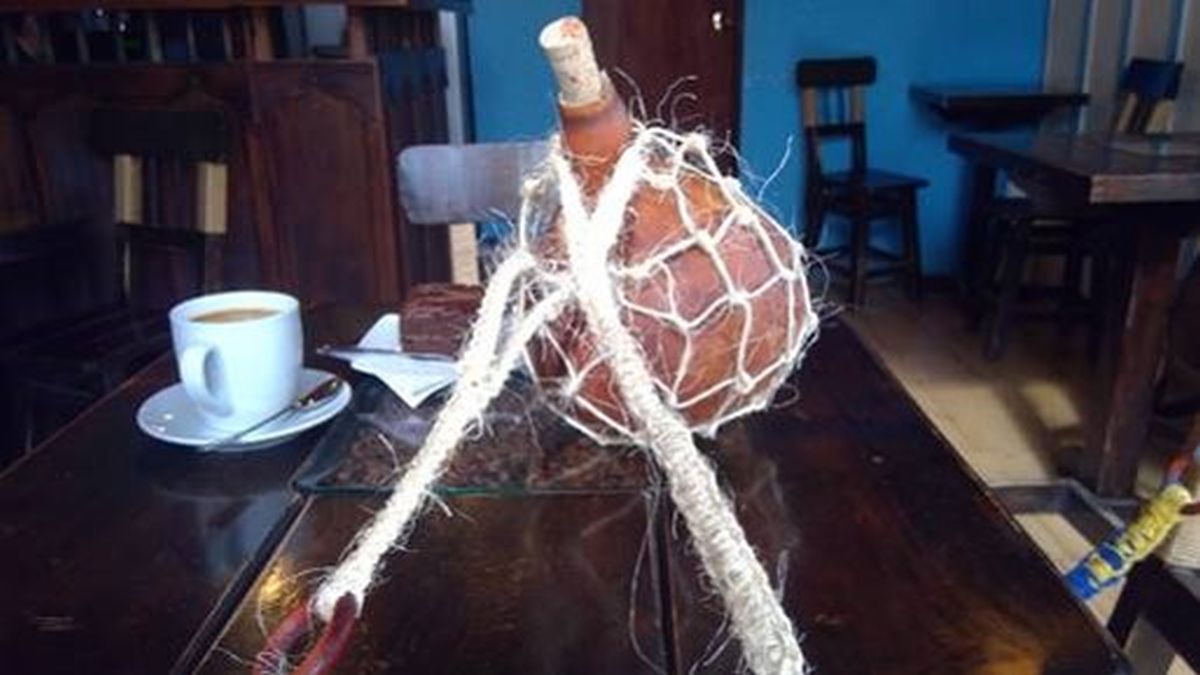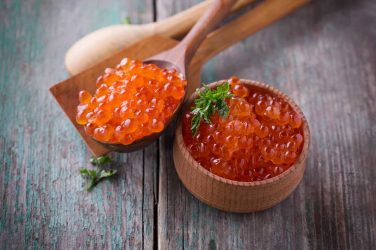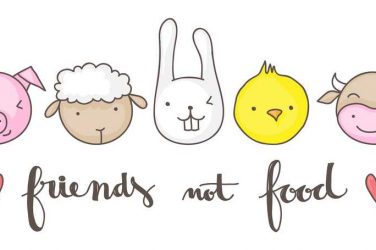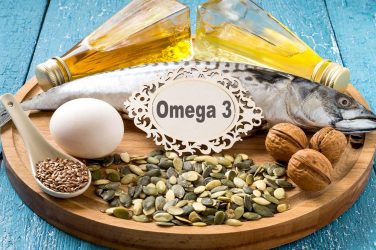Current Location: Salento, Colombia.
I’m up high in the green mountain range. There are rolling clouds above the verdant dark green tops. I am drinking the best coffee of my life and I just ate a sweet browny cake. Its 3:20PM and I had had lunch food at breakfast time around 10AM. I’ve made a Cabaça bottle this morning and I have 4.60USD in my checkings account. The coffee and browny took my last cash. 7,500COP, colombian pesos. 1 USD is less than 5,000COP.
I’ve learned to live on a thin margin. I compare it to my current body fat percentage. I’ve been traveling, backpacking, working, and volunteering on the road for the last 6 and half years. On May 5th, 2016, I started this trip and I’ve managed to make it work until now. Tomorrow I get two deposits. One from my Etsy store and the other from Ecotoiletten, a compost toilet company from Berlin. Traveling for ecological sanitation is my impetus. My driving force. My motivation. I have 13 orders that I must take care of ASAP or I shall face angry customer reviews.
I have sold 2 compost toilet seats, one Huarache Sandal and 8 Cabaças. This is special to me. October was my best month yet where I had revenue of 890 USD. Oh wait, there’s the seashell, concha Atekokoli that’s stuck in Brazil. I also sell a musical instrument made of seashell on my Etsy shop, PachamamaWashop. I’ve learned to make and sell things on the road. Entrepeneur.
This morning I made another bottle at the hostel. There’s the makramé strap and the actual bottle. I made the makramé in the room where I slept with other travelers, right there on the floor. I placed my black microplastic towel and my hemp poncho on top and sat down and started makrameing, praying and listening to Ho’oponopono, gratitude and postive afirmation videos on youtube.
I’m thankful. My lifestyle is insane for most people I bet. I love to promote ecological products, techniques and ancestral wisdoms, medicines and practices. There’s a rapé tube in my coin pocket. And I am hoping to sell the cabaça for 50USD to some tourists. Fé is faith in portuguese. I have a lot of it. There is more cloud steaming in the distant green mountains of Salento.
I first had the idea for the bottle in 2019 while I was building compost toilets in New Delhi, India. I was in the company of my ECOSAN brother Ashwani and I witnessed plastic bottles polluting the local waterways. I wondered then and there if there existed an ecological water bottle. Feliz, Happy, I am. I think that’s when the seed for the cabaça was planted in my heart.
One year later, in México I saw for the first time a “Guaje” hanging on the wall of the metalsmith Sérgio who was building a metal trailer for me to transport my portable compost toilet. Guaje is how mexicans call the Cabaça. It turns out that the Cabaça is not from Brazil as I assumed. The seeds of Lagenaria siceraria are native to the African continent. Here in Colombia, they call it Totumo and I’ve found it in Bogotá and Cali for sale at the local farmers’ markets. How did it get here and who brought them?
When I first pondered this question, I was thinking in terms of the 16th century, European exploration of the new world, but the Cabaça is key to most cultures in the hemisphere and its use most likely predates this latest wave of exploration.
The Maraca is a musical instrument made with a round-shaped Cabaça. The yerba Mate common in south america is drank with a cuya container made from the Cabaça. Plates and bowls are made with this calabash. Could the lagenaria have come earlier? Perhaps it was broght with the first Homo sapiens who crossed the Bering Strait when it was frozen. Perhaps it was brought by African explorers who could also have taught the Mayans how to build pyramids. Do Pyramids and Cabaças go together?
Regardless of when it got here, one thing is certain: the Cabaça is a useful tool and it was brought here and all around the world because one can carry water with it. As a real nomad, I appreciate the ability of carrying water with me. How much water I have determines how far I can go. Water safety is critical to my health and well-being. As a traveler and backpacker, I must find ways to save on my expenses as to extend my time on the road. 1USD for plastic water bottles? Thanks but no thanks. Today, I boiled water at the hostel to fill my cabaça and threw in a cinamon stick and brown sugar to make a tea. I feel comforted psychologically with my Cabaça filled and next to me.
I dare to say that Homo sapiens walked from Africa to the New World with a Cabaça strapped across his chest. Did you know the Amazon forest is a cultivated forest, a fruit garden? Early men planted the lagenaria seeds as they walked around the earth. Nomadic lifestyle.
I love this bottle and I’m excited to be selling it around the world. I love it because it’s biodegradable, made up of cellulose (C5H10O6) which is Carbon, Hydrogen and Oxygen atoms bonded together during photosynthesis and won’t pollute the waterways like plastic in that New Delhi river but I also love to use it for two unique features that cellulose offers.
First, it’s thermal. It keeps the liquids inside colder than the room temperature. I found this out when the outside shell became tainted with dark pigments from the Açaí smoothie I poured into it. Do you know the Açaí berry? It’s from the Amazon and it’s a super food. I love to put it in the Cabaça. I first did this while navigating down the Solimões river from Tabatinga to Manaus, in the Brazilian amazon. On the way, the ferry boat would be “attacked” by riberinho children manning single engine boats and they would tie their boats to the ferry and proceed to sell us their precious cargo, açaí and river shrimp. I skipped the shrimp and bought 10BRL(2USD) for one liter of Açaí, unsweetened, the real deal. Next, I noticed that the outer shell of my Cabaça had gotten dark at some spots. It turns out that the cabaça has micropores through which hot air, slowly scapes and in this case, pigments from the açaí tainted the shell. When I pour coffee inside the cabaça, I also see that the spots get darker.
The second feature that is unique to the Cabaça as a tool to carry liquids is its ability to ferment drinks. In fact, in most cultures where the Cabaça is used, associates it with alcoholic drinks. In México, the Guaje is used to transport Pulque, a fermented drink made from the agave sap. Here in Colombia, when I show people the Cabaça, many say the word “vino” which means wine. This ability must be due to the fact that the interior of the Cabaça has grooves. These grooves are similar to our stomachs and they must harbor probiotic bacteria which then act during fermentation. I discovered this by accident one day, while opening the Cabaça it “popped” like a champagne bottle. I realized that the sugar I had put inside was being transformed into carbon dioxide. Even fruit pulp was enough to start fermentation.
I am a cyclist and during that time in México when I first started using the “Guaje,” the bicycle was my primary means of transportation and as such I was always adding brown sugar or honey to my drinks as to fuel my body. I’m actually a former amateur triathlete and I’ve learned a lot about sports nutrition during my training and races that have served me to this day.
As someone who has traveled around the world and seen beautiful sceneries and enjoyed natural wonders, I am conscious of my ecological footprint and this is why I promote Ecological Sanitation, Hemp clothing, and the Cabaça as an alternative to plastic bottles. I understand that the cabaça is not for everyone and that it has limitations but I also love the lesson that it teaches. I used to feel sad about plastic pollution and the lack of access to sanitation but since I have learned about the solutions to these men-made problems I am a lot more hopeful about the future.
I feel that the challenges we face as a humanity have more to do with education than technology. The tools have already been invented. There are plenty of ecological alternatives. It’s just a matter of getting the word out there and fixing the financial incentives behind pollution. In the time that it takes me to make one cabaça, millions of plastic bottles must have been blow-molded around the world. Everytime that I ask for 50USD for a handmade bottle, I wonder how much would a plastic bottle cost if it were not subsidized in the forms of fuel subsidies.
Recently, I’ve shipped two bottles to Australia from Brasília, capital of Brazil with DHL, an international courier. The shipping alone cost 136USD. At least two planes were used, one from São Paulo to South Africa, and another to Sydney. Can you imagine the carbon footprint? If jet fuel were not subsidized, then it’s safe to assume that the shipping would have been higher. Plastics are byproducts of petroleum and they will be around for as long as our economies rely on this fuel which, as an engineer, I am sure it will be for a while longer.
Most locals in Colombia are not able to afford 150,000COP for a bottle. Last night, I managed to sell that cabaça that I made at the hostel for 30,000COP to a local artisan. He appreciated the makramé work and bargained the price down to the 30k. I didn’t’have much of a leverage as I needed 22,000COP to pay for the Corner Hostel where I was staying. Alejandro was his name and he said he would use it for his vino.
I wonder where the Cabaça will take me next. On october 18th, I left Rio de Janeiro and 16 days later I was in Cali Colombia. I traveled about 7,390kilometers with buses made by Mercedes-Benz and Volvo. I brought my Cabaça which I made in Brasília. One bottle traveled five countries, Brazil, Bolivia, Peru, Ecuador and Colombia. I managed to sell Cabaças in Peru and Colombia to locals which is amazing to me. These cabaças have paid for a bus and hostel stay.
I am looking out the coffeeshop portal and I see thick clouds blanketing the green mountain range of Salento. It’s my time to go. Medellín awaits. I have a Cabaça with cinamon tea and another one ready for sale. I’ve got all I need. Let’s go.
Salento 9 de novembro de 2022
Calendar Aztec, Itzcuintli (dog) Tecpatl (Obsidian Knife) Tochtli (Rabbit)
Typica café














